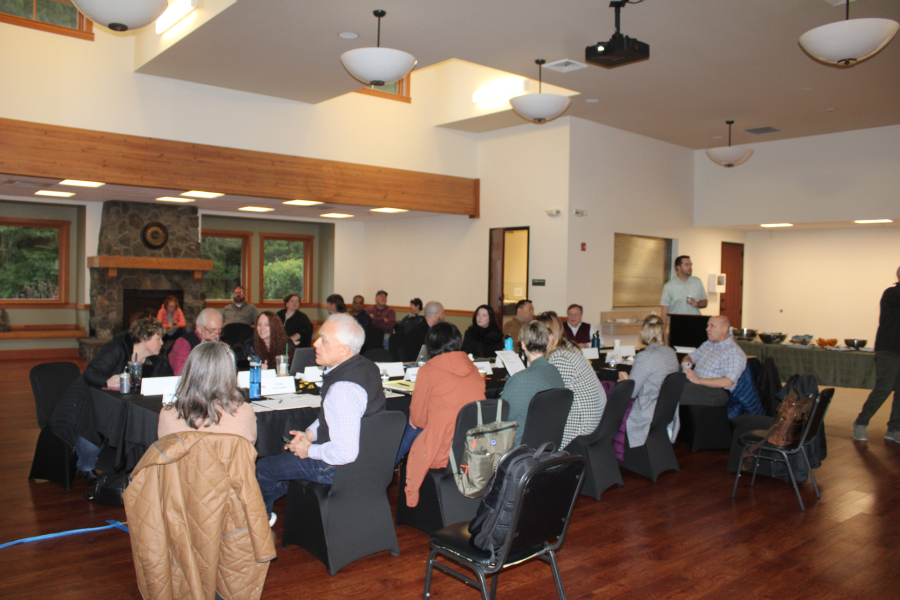When it comes to finding, investigating and someday treating “forever chemicals” in a public water supply, the city of Camas is well ahead of the curve, says Camas Public Works Director Steve Wall.
“Camas is at the forefront of this conversation,” Wall recently told Camas officials during the Camas City Council’s 2024 planning retreat, held Jan. 26-27, at Lacamas Lodge.
Camas was one of the first Washington state communities to test its drinking water system for per- and polyfluoroalkyl substances (PFAS), a group of fire- and water-resistant, nonstick and stain-repellent chemicals that have been used since the 1940s in everything from firefighting foam and fire-resistant clothing to nonstick cookware, shampoo bottles, takeout food wrappers, household cleaning products and waterproof clothing.
Known as “forever chemicals” due to their inability to easily break down in the environment, the chemicals can, according to the National Institutes of Health, be toxic to humans, with studies showing associations between the chemicals and “altered immune and thyroid function, liver disease, insulin dysregulation, kidney disease, adverse reproductive and developmental outcomes and cancer.”
The chemicals also are widespread, with at least one report by the Centers for Disease Control and Prevention showing that PFAS are likely in the bloodstreams of at least 97% of Americans.




